Sustainable Development Goal 11 aims at making cities and human settlements “inclusive, safe, resilient, and sustainable”. 10 targets and countless indicators are intended to make the goal more measurable. UN Habitat’s website is a pool of information on the general progress towards the Goal.
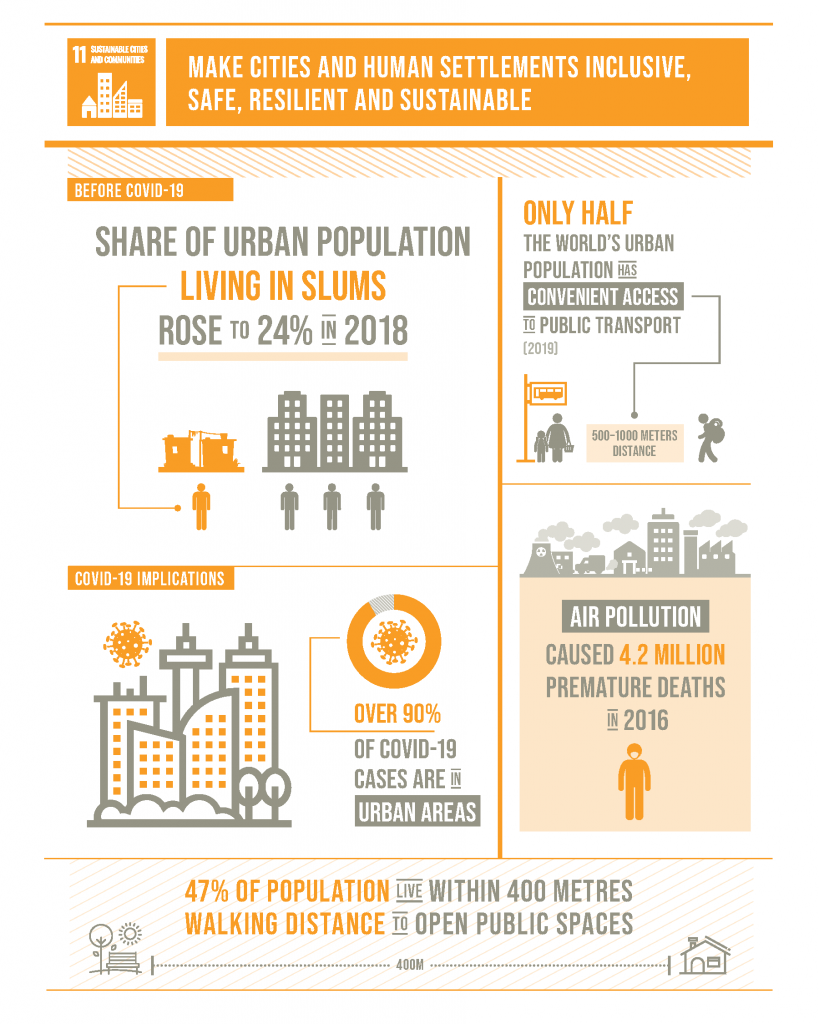
How do you localise the SDGs?
It is not easy to localise Sustainable Development Goals. Do you know, for example, what your city is doing to achieved all the targets of SDG 11? Do you know what your local government is doing, how the funds are allocated and which targets will likely be met or not met by 2030?
Last year, I tried to answer these questions for Mexico City. I soon realised that it is surprisingly hard to find answers for such important questions. Cities with a clear Agenda 2030 make it a bit easier, but still – SDG 11 is not yet a topic that you can find in the news very often, despite its importance. This is how UN Habitat describes the issue:
Effective implementation of the New Urban Agenda should contribute to realization of the 2030 Agenda and accelerate achievement of the Sustainable Development Goals, including SDG11 and other goals and targets. There is no blue print for implementation of the sustainability principles outlined in the New Urban Agenda as the patterns, progress and challenges of urbanization are different across regions and countries, and urban development processes are complex, context-specific, multi-layered, and incremental.
National governments are expected to deliver on the New Urban Agenda by supporting: (i) sustainable urban development for social inclusion and ending poverty; (ii) sustainable and inclusive urban prosperity and opportunities for all; and (iii) environmentally sustainable and resilient urban development. Meeting these transformative commitments requires concrete actions and measures in a range of areas such as national urban polices, rules and regulations, urban planning and design, urban basic services, housing and slum upgrading, risk reduction and resilience, capacity development, and climate resilience, mitigation and adaption.
The Urban Agenda Platform
With almost a third of the time we have to meet all SDGs now gone, progress reports are coming up. At the same time, UN Habitat has launched a very interesting website: The Urban Agenda Platform, which was announced during the World Urban Forum 10 in Abu Dhabi earlier this year. The Platform is now online, but concrete examples of how cities are implementing SDG 11 are still missing. However, there is a lot of important and well-presented information there, such as this introduction to the New Urban Agenda:
The City Prosperity Initiative
More than the Urban Agenda Platform, I think that an older tool of UN Habitat still serves you much better in finding out what your city is doing to reach SDG 11. The City Prosperity Initiative covers more than 400 cities and shows their innovative ways of tackling urban challenges. The data are presented in a very attractive way.
For example, this is the City Prosperity Index for Mexico City:
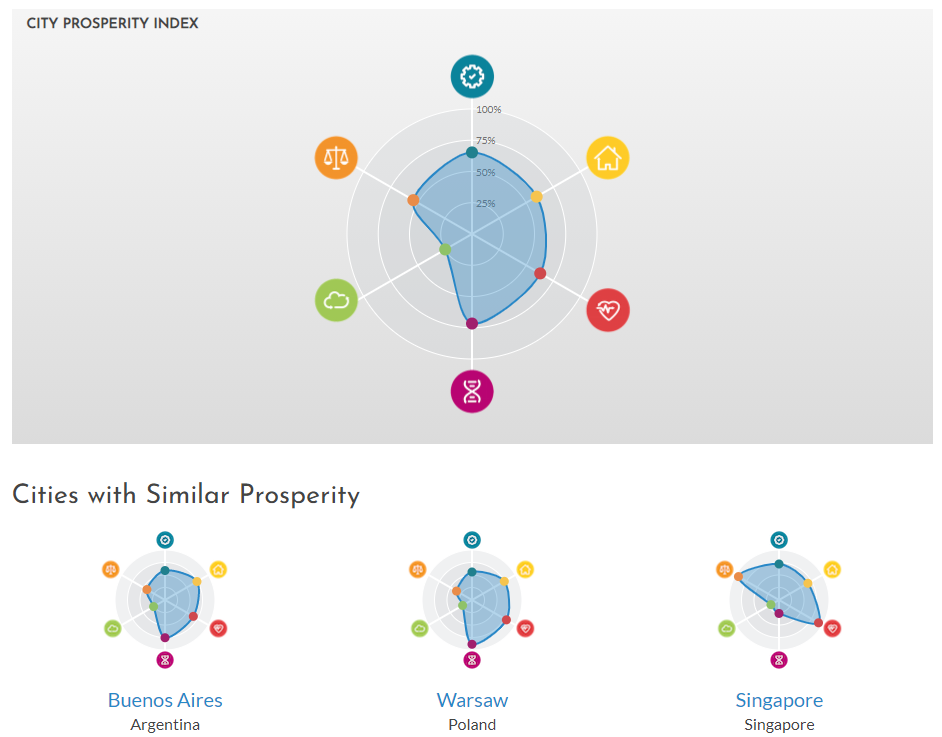
Yellow: Infrastructure Development
Red: Quality of Life
Pink: Equity and Social Inclusion
Green: Environmental Sustainability
Orange: Urban Governance and Legislation
The SDG Tracker
If you want to see how the whole world is doing on its path towards the SDGs, the SDG Tracker gives you an overview of all goals. However, this is very general and lacking a lot of data. For example, for 8 indicators out of the 15 SDG 11 indicators, you will only find the notification “We are currently not aware of data for this indicator.”
Of course, it is difficult to gather data on a global level, with large parts of global urban populations living in the informal economy, in informal settlements and in countries with lacking data collection systems. However, in order to implement SDG 11, we need all the data we can get.

New ways of connecting communities to SDG 11
Despite these tools, from what I can see it is still really up to us as citizens to report on progress and lacking progress towards the Sustainable Development Goals. If you are looking for inspiration from other cities, concrete actions in your own city, and support in implementing your own projects, you should ask local government and share their reply widely. We have a lot of digital tools that can allow us to localise the SDGs more easily – it is time we started using them for that purpose!
You might also find some inspiration in these stories – get in touch if you’d like to tell your own city’s story on parCitypatory!


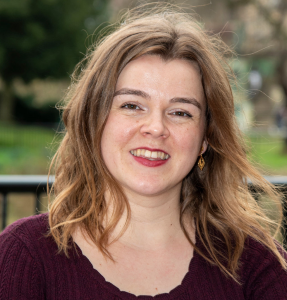
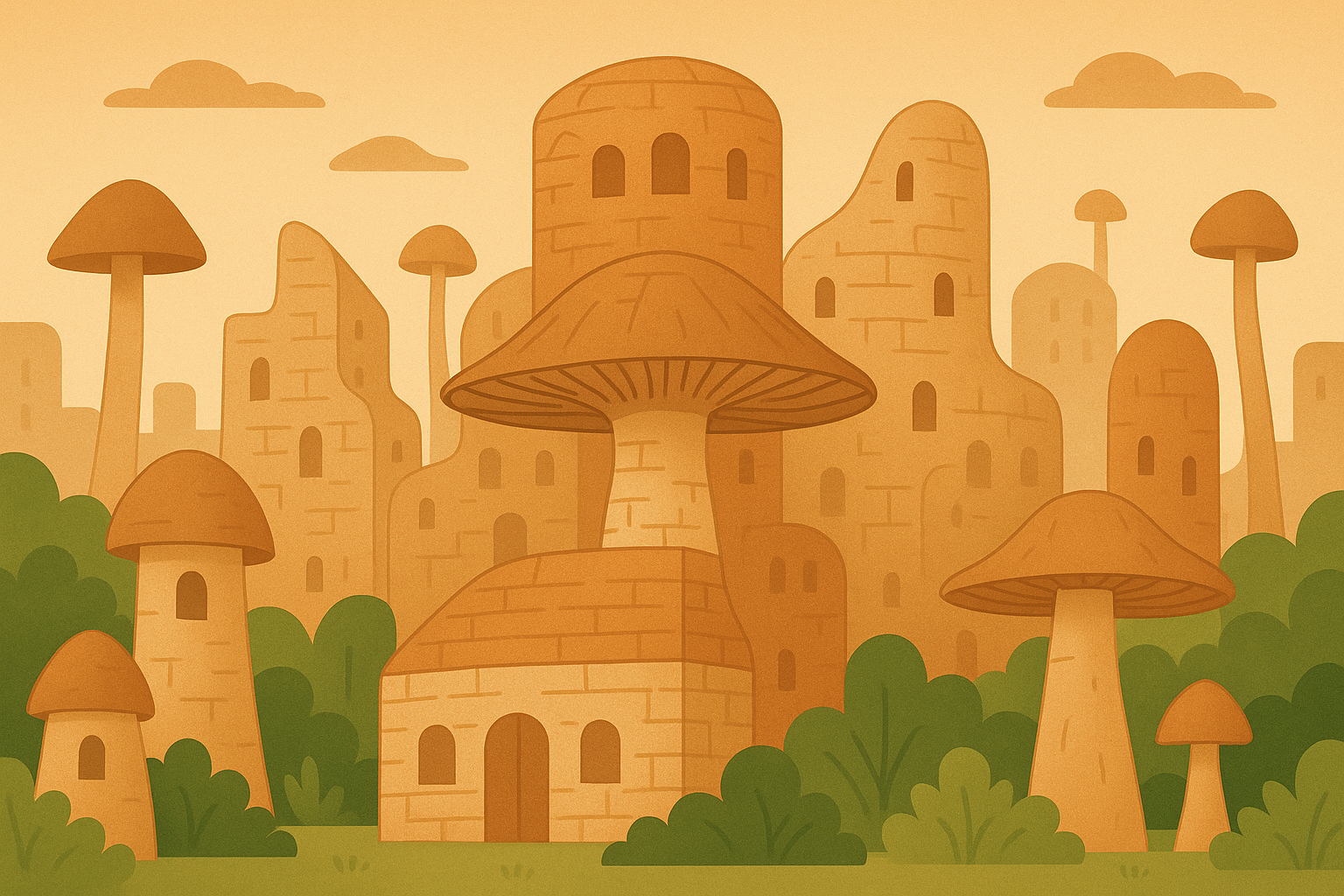
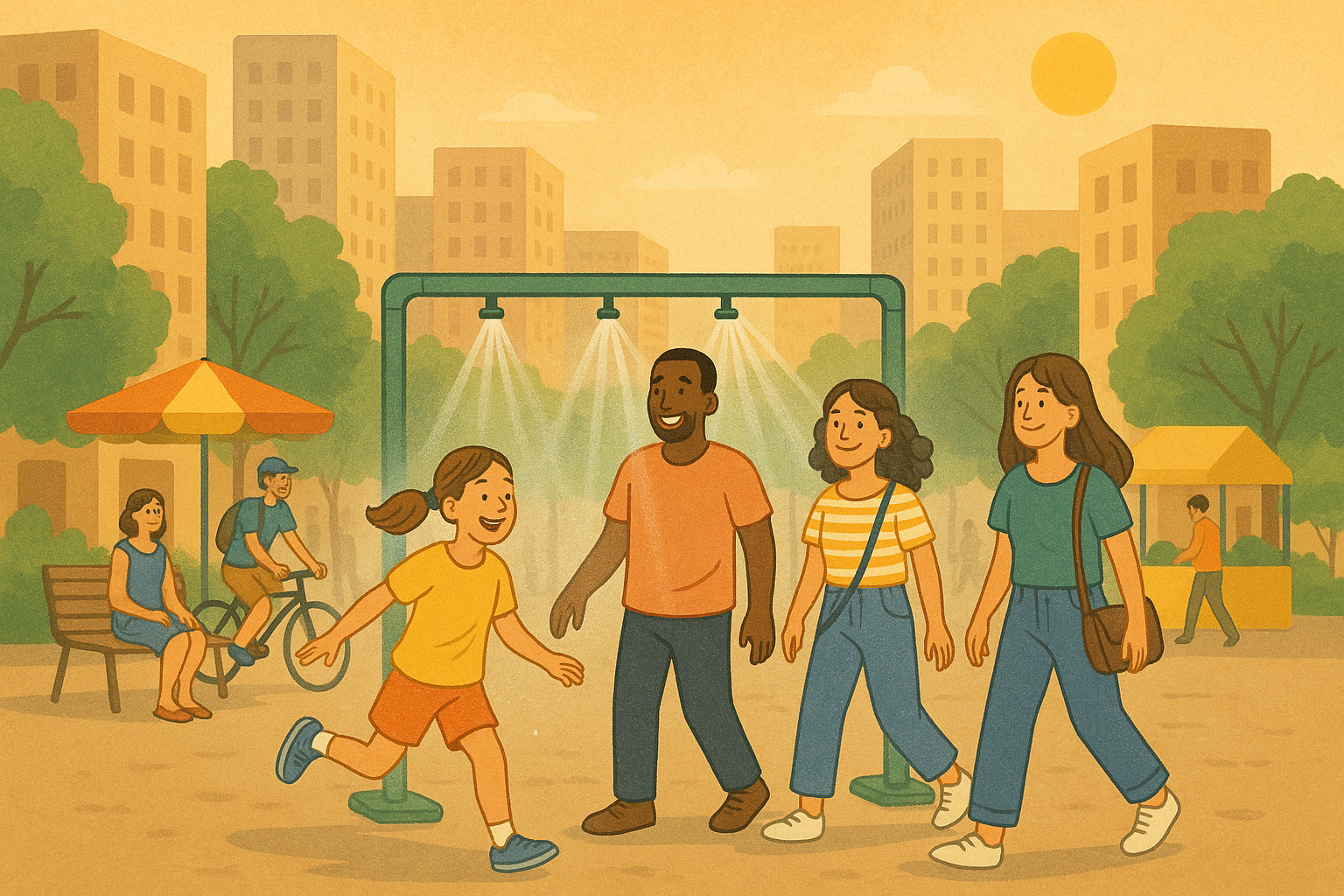
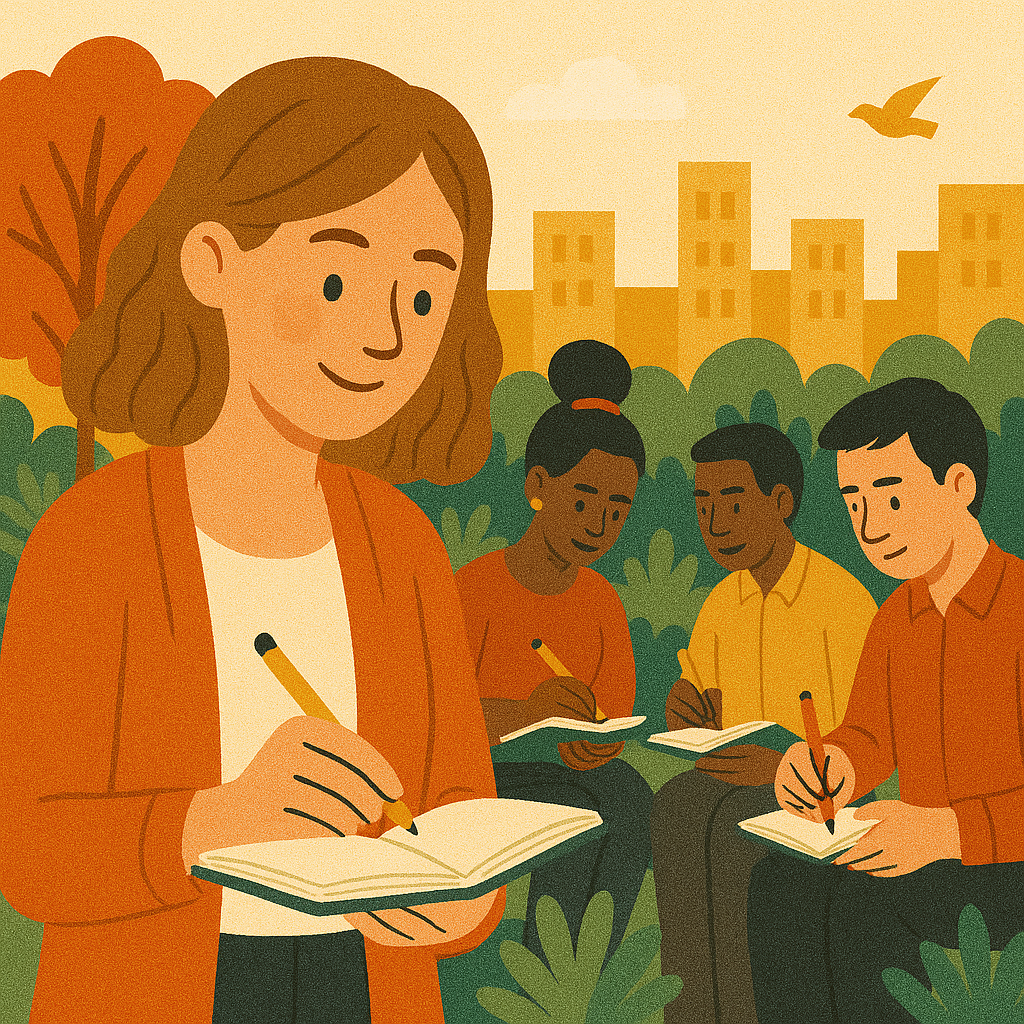
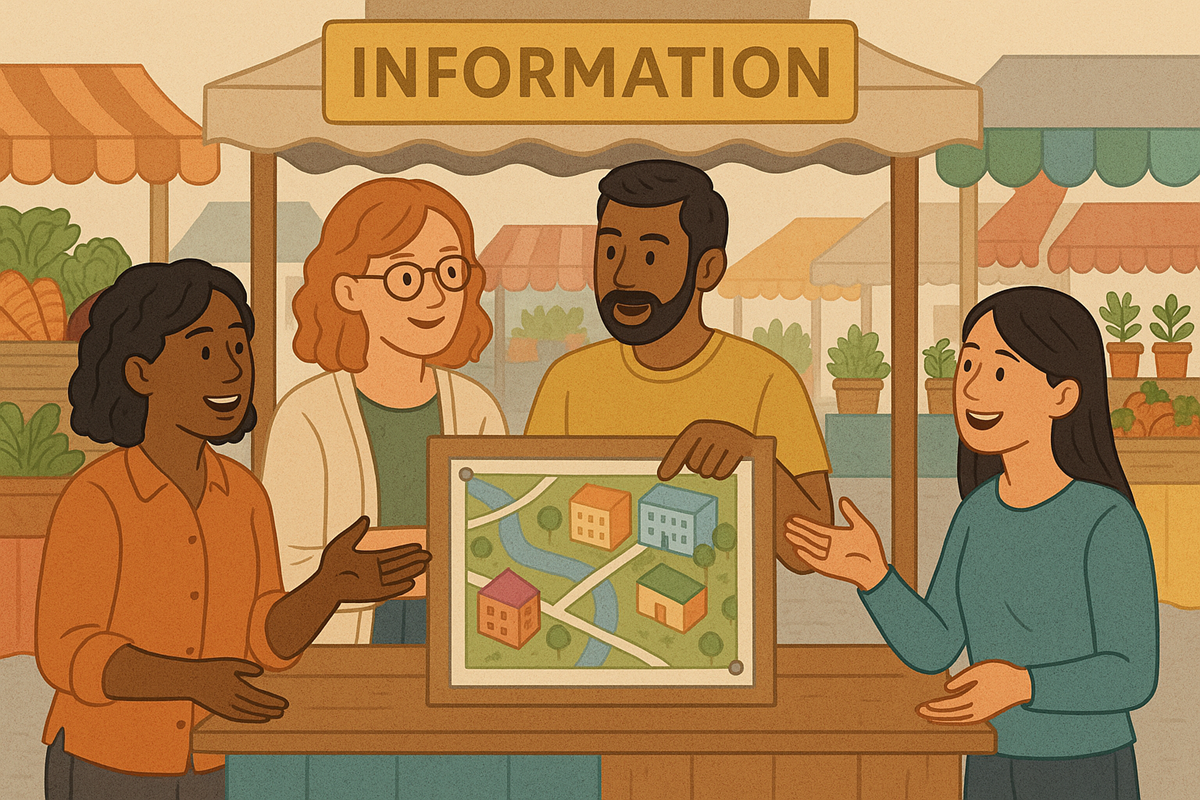

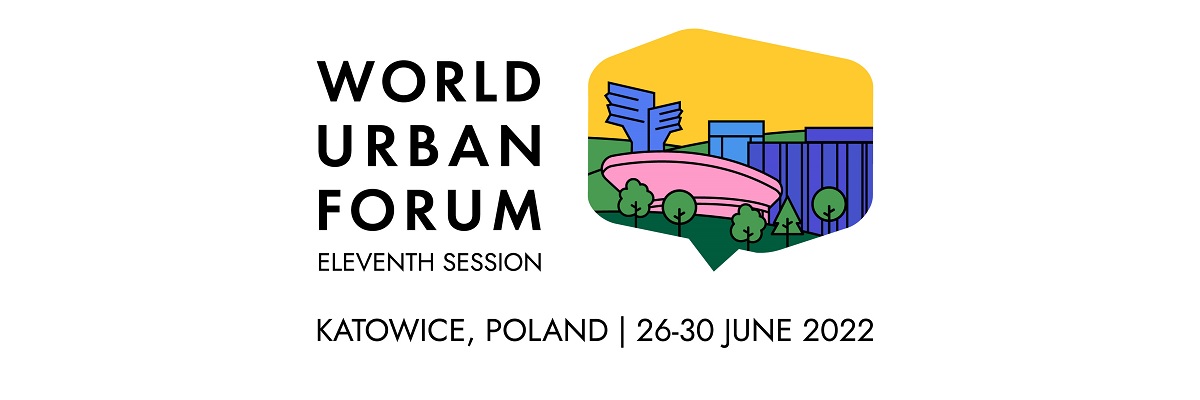


One Response